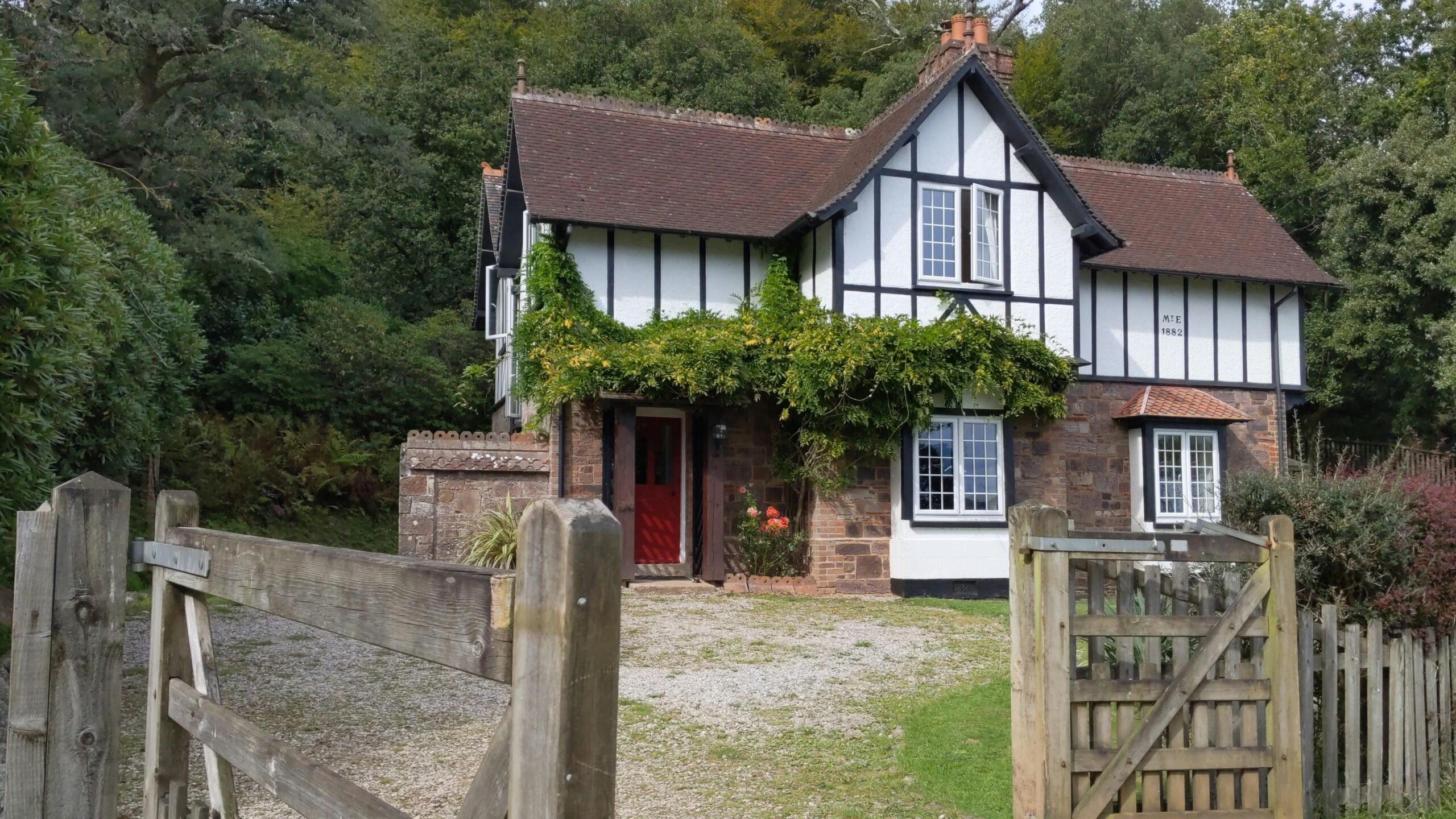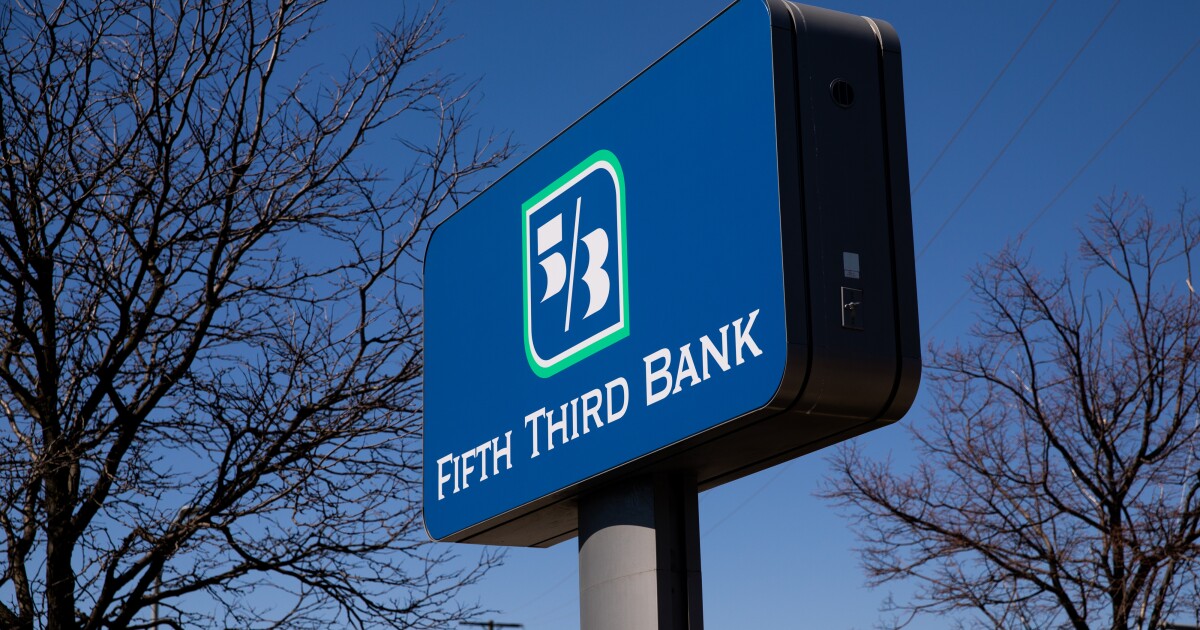Timber-framed houses are nothing new in the UK, they’ve been a part of our home structures for centuries, but with more new builds being built with this material than ever before, how easy is it to tell if timber has been used?
In this blog, we go through the steps you need to take to correctly identify whether a house is made of timber or a different material and how safe it is.
How common are timber-framed houses in the UK?
Typically there are two types of timber-framed homes in the UK. We can split them into Tudor-style buildings, which were built before 1900, and the newer style built after 1960.
Older timber-framed houses were built using wattle and daub or cob for walls, to help keep people warm. Using this material was considered a real skill of craftsmanship during the Tudor era.
After the Second World War, and particularly during the 60s and 70s, timber-framed properties were built to help repair the county’s houses after the Blitz and are still prevalent in towns that were created in the decades after as part of the New towns movement.
Now, due to the UK’s housing crisis, timber-framed homes are often raised as the solution by the government to help build houses quicker, and to help save carbon and reach the country’s aim of becoming net zero.
However when it comes to house building the industry has, at least thus far, failed to truly take on timber as a mainstream construction technique. In 2019 fewer than one in 10 homes built in England were timber-framed. During the same time period, Scotland produced timber homes in over 90% of their new builds.
Nationwide, of the 190,612 homes built, 40,053 were timber framed, with 22,790 of those situated in Scotland, 13,711 in England, 2,183 in Northern Ireland and 1,369 in Wales.
Figures from the National House Building Council (NHBC) suggest the timber frame market share has developed from 19% in 2015 to 22% in 2021. The report did state that it may be possible to see timber use across the UK grow to around 27% by 2025.
How to spot a timber-framed home
Spotting whether a house’s frame is made from timber is getting increasingly harder to establish, especially in new builds.
Most modern timber-framed homes have walls that are constructed of an inner wooden frame to support the load of the building. This frame will either contain or be next to the insulation of the building. You should note that there may be a slight cavity to allow air to move around the timber, with the outer layer being a single layer of brick.
The following points should be considered when establishing the wall type:
The tap test
Tapping the interior walls is one of the fastest ways to tell if the house has been built using timber. You’re essentially tapping on plasterboard mounted to timber studs so this will sound different to the solid sensation of tapping on a cavity wall.
However, a cavity wall with a plaster-boarded inner surface mounted on wooden battens or plaster dabs may produce a similar hollow sound.
If it’s timber framed, you should hear the pattern of sounds made by the vertical timber studs. You can also use a stud locating tool, or use a metal detector to locate the plasterboard fixing screws. This is because masonry homes use dot and dab plaster for fixing plasterboard.
Windows set back into the reveals
Some timber-framed properties will be built with the windows in line with the wooden frame, causing them to look slightly recessed in the wall. However, you should always ask if the windows have been replaced because this may not always be the case.
Gable end and firebreak in the loft
If the property has a loft, then the inside of the wooden triangular gable walls will be seen, or could be covered by a sheathing board material. This differs from cavity-built homes which tend to be built from brick or block.
When the house is attached to another, the plasterboard may be visible between lofts as a firebreak separation to help stop the spread of fires between properties.
Wall thickness
The wall thickness of a timber-framed house is usually 250-300mm. If it’s a new build it will be 300mm. This thickness is thinner than traditional houses, but on the plus side it also means your home is more space efficient.
Open perpends
Houses with timber frames often have open perpends, more commonly known as vertical gaps, in the brickwork. They usually have a ventilated plastic spacer, above ground level at about 1.5m spacings. They are designed to let air in to keep the frame dry and keep rodents and pests out.
Access points
Taking a look at the exterior access points can be an easy way to spot if timber has been used. Take a glance at telecoms hatches, vents and meter cupboards. The openings will show the wall’s structure making it a simple, yet surefire way of knowing if the building has a timber frame.
Ask for documents
If you are unable to use the above methods, or feel uncomfortable doing so, you can always contact the company that developed your home or the local council to ask for a copy of the construction drawings. This should indicate what material your home is made out of.
What are the benefits of a timber-framed house?
Timber-framed homes come with an array of benefits. Not only are they built quickly, they are also better for the environment due to the wooden frame absorbing carbon dioxide as a renewable energy source. Here are some other benefits to owning one.
They’re energy efficient
During the cost of living crisis we’ve all been looking for ways to reduce our monthly bills, but timber-framed homes do this naturally.
The timber and the insulation work well together to keep your home warmer for longer, meaning you don’t need to keep reaching for your heating dial as much during the colder months. In turn, your energy bills will be considerably lower.
They’re easier to remodel
If you’ve lived in a house for a long time and are looking to remodel, or if you’re looking to buy and have plans to renovate, then timber-framed homes are a great option. Load-barring walls are often the cause of building work not taking place.
Remodelling traditional-built homes will require you to work around them and drive up labour costs.
With a timber frame, this can be as easy as demolishing the adjacent wall while cosmetically adjusting rooms.
Timber framing is strong and durable
Conventional homes do not compare to timber houses when it comes to durability. Timber is more flexible in terms of its foundations. Shifts in your foundation will not decrease your structure’s stability, along with requiring very little maintenance.
Timber is also more resistant to the unfortunate event of fire damage. Conventional structures use thinner cuts of wood, while thick timbers are more resistant to burning completely through.
They reduce unwanted noise
The structures of these types of houses can help prevent the noise of echoes and absorb internal sound through the woodwork, meaning you won’t have to listen to your neighbours as much as those who are in conventional-built properties.
What are the downsides of timber-frame homes?
Despite the number of benefits to timber-framed homes, there are – like every other material – downsides to owning one.
Fire risk
There are studies which show that timber-framed houses are more prone to fires getting out of control than other materials. But if you use fire-resistant timber and treatments, you can make your home safer.
They can make getting mortgages and home insurance trickier
Getting a mortgage is already tough for many in the current financial climate, but timber homes could give you an extra obstacle to overcome.
Some lenders may see them as riskier because of the element of fire. This in turn will mean your insurance may be higher as a result.
Luckily there are some insurance providers, such as Adrian Flux who offer timber-framed home insurance at competitive rates and can tailor an insurance policy to your exact needs.
For our best rates, call 0800 369 8590 or book a callback at a time that works for you.
Publisher: Source link











